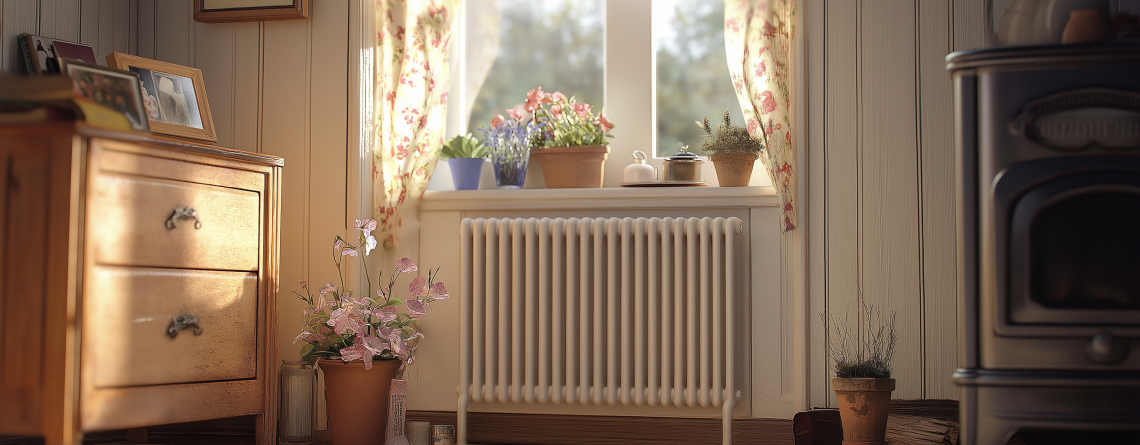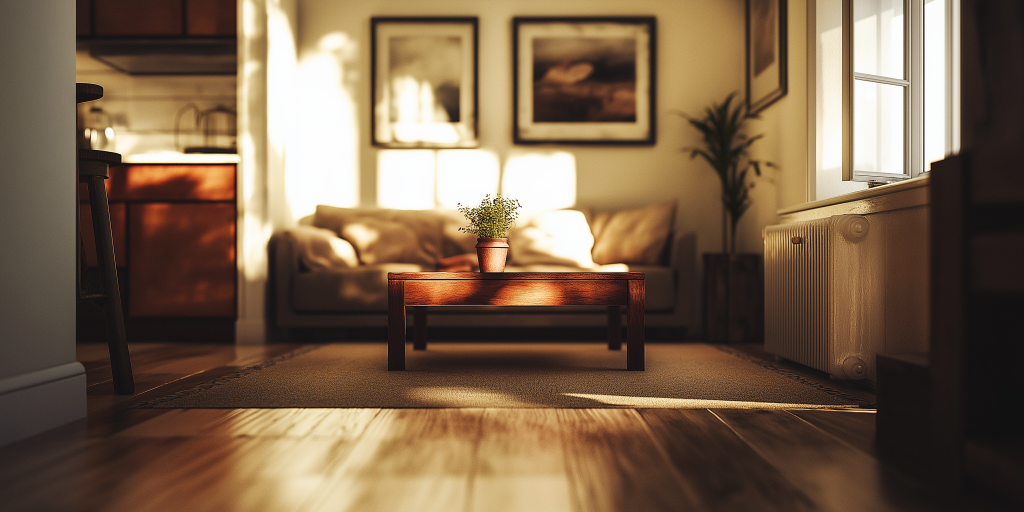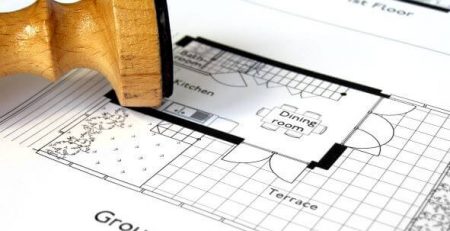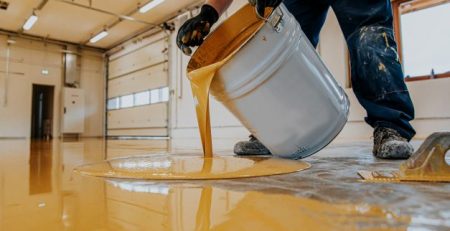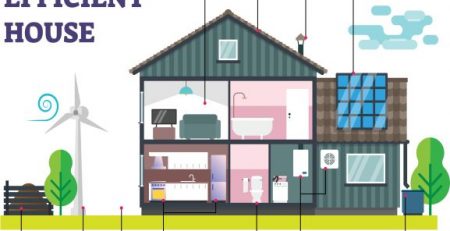Top Picks: Best UK Heating Systems for Small Homes
Choosing the right heating system for your home is crucial, especially if you live in a small space. In the UK, where winters can be particularly harsh, having an efficient and effective heating solution is essential.
This blog post will guide you through some of the best heating systems for small homes in the UK, taking into account factors like efficiency, cost, space-saving, ease of installation, and environmental impact. By the end of this post, you’ll have a clear idea of which heating system suits your needs and your home best.
1. Central Heating Systems
Central heating systems, often powered by gas, are a common choice in the UK. These systems distribute heat through radiators or underfloor heating, with a boiler as the main component.
Pros:
- Efficiency: Modern gas boilers can be very efficient, with condensing boilers achieving efficiencies of over 90%.
- Cost: Relatively low running costs due to the lower price of gas compared to electricity.
- Comfort: Provides consistent and even heating throughout the home.
Cons:
- Space: The boiler and radiators can take up significant space, which might be a downside for very small homes.
- Installation: Requires professional installation, which can be expensive and disruptive.
Suitability for Small Homes:
- Efficiency: Highly efficient, making it cost-effective in the long run.
- Space-Saving Solutions: While the boiler and radiators require space, modern systems are more compact, and underfloor heating can be a space-saving alternative.
Environmental Impact:
- Pros: Modern boilers are much more environmentally friendly than older models, especially condensing boilers.
- Cons: Gas is a fossil fuel, so while efficient, it still has a carbon footprint.
2. Electric Radiators
Electric radiators are a flexible and easy-to-install heating option. They can be used independently in different rooms, offering great control over heating needs.
Pros:
- Ease of Installation: Can be easily installed without the need for professional help.
- Control: Allows for precise control over the temperature in each room.
- Space: Compact and can be mounted on walls, saving floor space.
Cons:
- Running Costs: Higher running costs compared to gas heating due to the price of electricity.
- Efficiency: Modern electric radiators are quite efficient, but overall efficiency depends on the insulation of your home.
Suitability for Small Homes:
- Efficiency: Ideal for well-insulated homes as they can be very efficient in such environments.
- Space-Saving Solutions: Wall-mounted units free up floor space, making them suitable for small homes.
Environmental Impact:
- Pros: Electric heating can be very green if powered by renewable energy sources.
- Cons: If electricity comes from fossil fuels, the environmental benefits are reduced.
3. Underfloor Heating
Underfloor heating systems distribute heat evenly from the floor up, providing a comfortable and efficient heating solution. There are two main types: electric and water-based (hydronic) systems.
Pros:
- Comfort: Provides even heat distribution and a warm floor underfoot.
- Space: Frees up wall space by eliminating the need for radiators.
- Efficiency: This can be very efficient, especially in well-insulated homes.
Cons:
- Cost: Higher installation costs, especially for hydronic systems.
- Installation: Requires professional installation and can be disruptive.
Suitability for Small Homes:
- Efficiency: Highly efficient, making it cost-effective in the long run.
- Space-Saving Solutions: Eliminates the need for radiators, freeing up wall space and providing a sleek look.
Environmental Impact:
- Pros: Can be powered by renewable energy sources for a lower carbon footprint.
- Cons: Electric underfloor heating can be less environmentally friendly if powered by non-renewable sources.
4. Heat Pumps
Heat pumps are an increasingly popular choice due to their high efficiency and environmentally friendly credentials. They work by extracting heat from the air, ground, or water outside and transferring it into the home.
Pros:
- Efficiency: Extremely efficient, with some systems achieving efficiencies of over 300%.
- Environmental Impact: Very eco-friendly, especially if powered by renewable electricity.
- Running Costs: Low running costs due to high efficiency.
Cons:
- Installation Cost: High initial installation cost.
- Space: Requires space for the outdoor unit and, in the case of ground-source heat pumps, significant outdoor space for ground loops.
Suitability for Small Homes:
- Efficiency: Perfect for small, well-insulated homes.
- Space-Saving Solutions: Air-source heat pumps are more suitable for small homes because ground-source systems require less space.
Environmental Impact:
- Pros: Very low carbon footprint, especially when paired with renewable energy sources.
- Cons: Initial environmental impact from manufacturing and installation.
5. Infrared Panels
Infrared heating panels are a modern and efficient way to heat small spaces. They work by emitting infrared radiation that heats objects and people directly rather than heating the air.
Pros:
- Efficiency: Highly efficient as there is no heat loss through air circulation.
- Space: Extremely slim and can be mounted on walls or ceilings, saving space.
- Installation: Easy to install and often requires no professional help.
Cons:
- Cost: Can be expensive to purchase, though running costs are relatively low.
- Heating Style: Heats objects and people directly, which can be less comfortable in some situations compared to conventional heating.
Suitability for Small Homes:
- Efficiency: Excellent for small, well-insulated spaces.
- Space-Saving Solutions: Slim design and flexible mounting options make them ideal for small homes.
Environmental Impact:
- Pros: Low energy consumption and can be powered by renewable energy sources.
- Cons: Less effective in poorly insulated homes, which can increase energy consumption.
Key Takeaways
Selecting the right heating system for your small home in the UK depends on various factors, including efficiency, cost, space constraints, ease of installation, and environmental impact. Here’s a quick recap:
- Central Heating Systems: Best for consistent and cost-effective heating, though space and installation costs can be a concern.
- Electric Radiators: Ideal for easy installation and precise control, but with higher running costs.
- Underfloor Heating: Excellent for space-saving and even heat distribution, though initial installation can be expensive.
- Heat Pumps: Highly efficient and environmentally friendly, perfect for well-insulated homes with outdoor space.
- Infrared Panels: Space-saving and efficient, ideal for small, well-insulated spaces.
By considering these factors, you can choose the best heating system for your needs and ensure your small home remains warm and comfortable throughout the year. Always consult with a heating specialist to determine the most suitable option for your situation.

